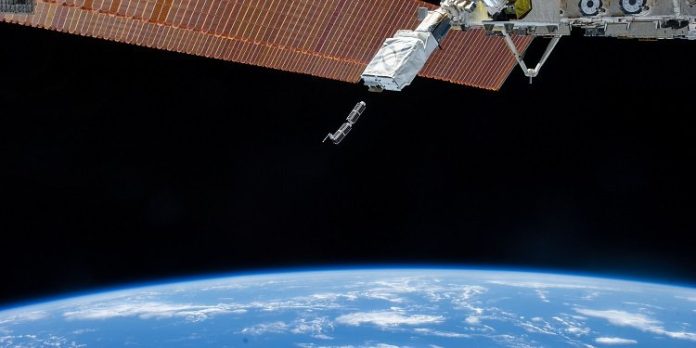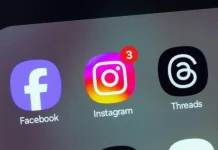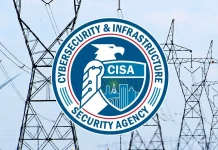NASA is concerned Elon Musk’s plans threaten the future of its science and human spaceflight missions.
The National Aeronautics and Space Administration (NASA) outlined its key concerns in a five-page letter submitted to the Federal Communications Commission (FCC).
SpaceX has already received approval from the FCC to deploy 12,000 satellites to kickstart the Starlink project, a global internet access service. Elon Musk’s company asked the Commission to greenlight additional 30,000 satellites.
NASA worries that the low-Earth orbit (LEO), where most planned artificial moons will be deployed, might become too crowded.
“An increase of this magnitude into these confined altitude bands inherently brings additional risk of debris-generating collision events based on the number of objects alone,” reads NASA’s letter.

Crowded space
According to the agency, if the FCC granted SpaceX’s request, it would double the number of tracked objects in orbit and increase the number of objects below 600 km over five-fold.
It’s worth mentioning the estimate covers just SpaceX’s plans. Meanwhile, Amazon, Telesat, OneWeb, and others also plan to launch their own satellite constellations.
All of them aim to provide global internet coverage to remote locations where broadband and cell towers can’t usually reach.
NASA is also not convinced SpaceX’s evaluation that ‘the collision risk with large objects is zero because each spacecraft can maneuver’ is realistic.
“With the potential for multiple constellations with thousands and tens of thousands of spacecraft, it is not recommended to assume propulsion systems, ground detection systems, and software are 100% reliable, or that manual operations (if any) are 100% error-free,” NASA claims.
A few days prior, a major solar storm disabled 40 of the 49 satellites newly launched by SpaceX.

Looming dangers
While the letter does not discuss it, satellite collisions in LEO can turn very ugly very fast. Enter: the Kessler Syndrome.
Named after former NASA scientist Donald J. Kessler, the theory suggests that orbital collisions between objects would cause a cascade in which every subsequent impact increased the likelihood of more crashes.
Taken to its extreme, the Kessler syndrome would render LEO unusable for several generations.
The development of satellite infrastructure also increases reliance on services based on artificial moons, making them attractive targets to cybercriminals.
Cyber security experts worry that few commercial satellites are sufficiently protected against cyber threats.

Threat to Hubble
According to NASA, 30,000 additional satellites can harm scientific missions monitoring Earths’ climate. For example, sun-glint and reflection from Starlink satellites might interfere with scientific measurements.
One of the potential victims of space commercialization is the Hubble Space Telescope.
“This proposed Starlink license amendment includes 10,000 satellites in or above the orbital range of Hubble, a situation that could more than double the fraction of Hubble images degraded,” NASA claims.
The agency also expressed concerns over potential impacts due to radio frequency interference and what effect mass deployment of satellites would have on launch collision avoidance systems.
More from CyberNews
Uncle Sam’s cyber nightmare – gaps in US national security exposed
Cybercriminals fear more law enforcement action after REvil was taken down
Spoofing attacks to soar as COVID wrecks supply lines
Bad online romance? Paid background checks are trending
Who is responsible when cyberattacks result in deaths?
Subscribe to our newsletter











